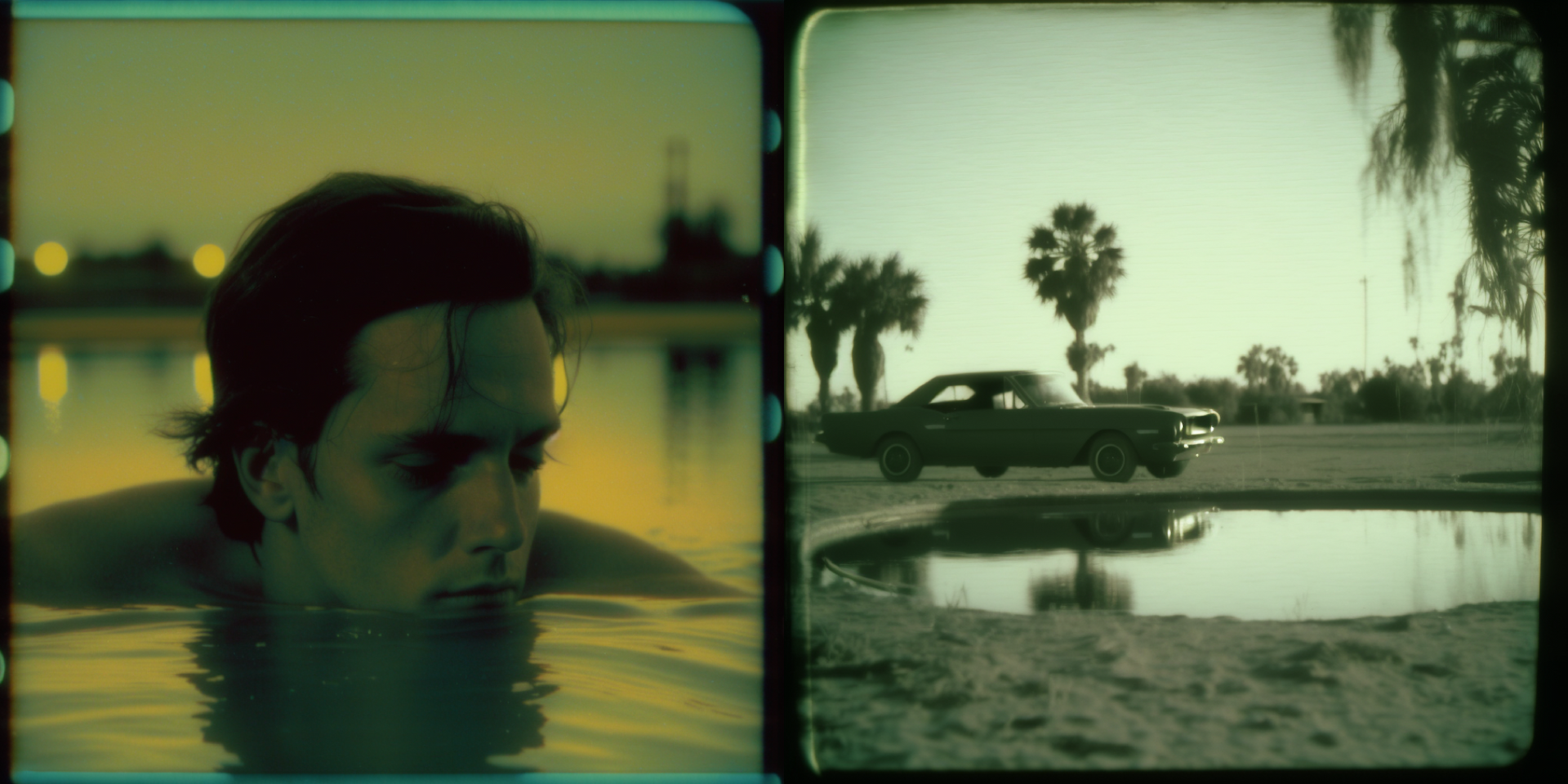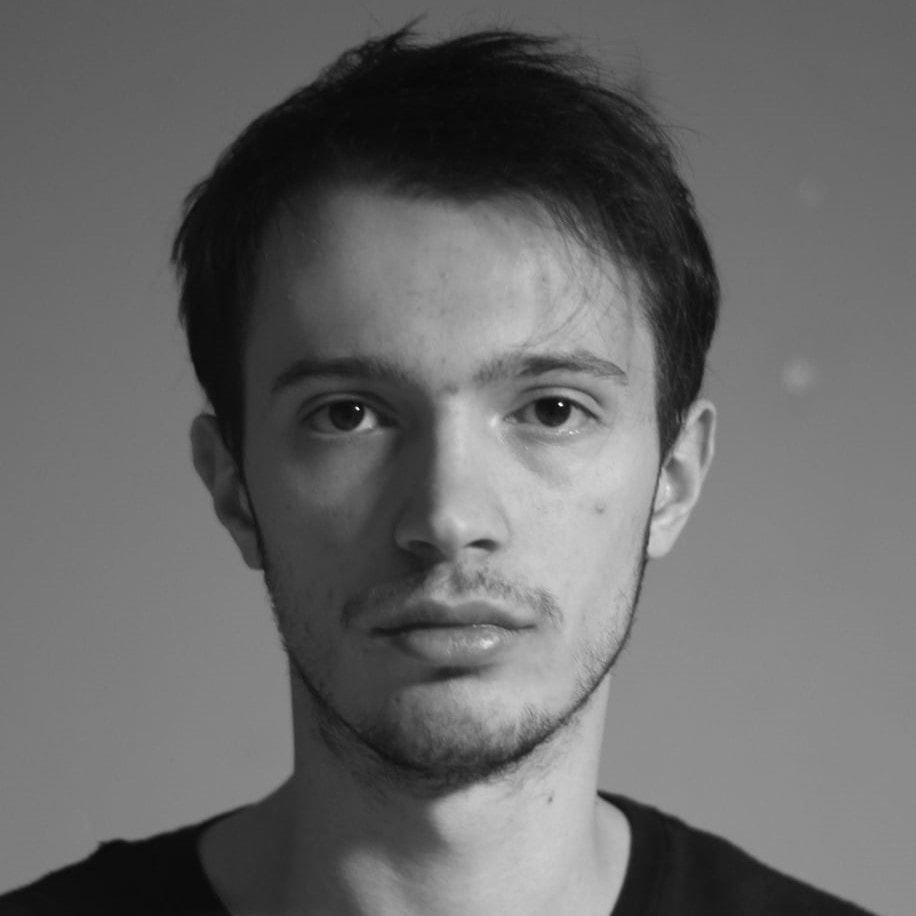
Art in danger
Will artificial intelligence bring about the death of the artist?
|05.05.2023
|

Donart Zymberi
Donart Zymberi is a young filmmaker from Kosovo. He has directed the short films "A Manual for Separation" and "What is Cinema?" which have screened at international film festivals. In his free time, Zymberi writes about film and art.
This story was originally written in Albanian.